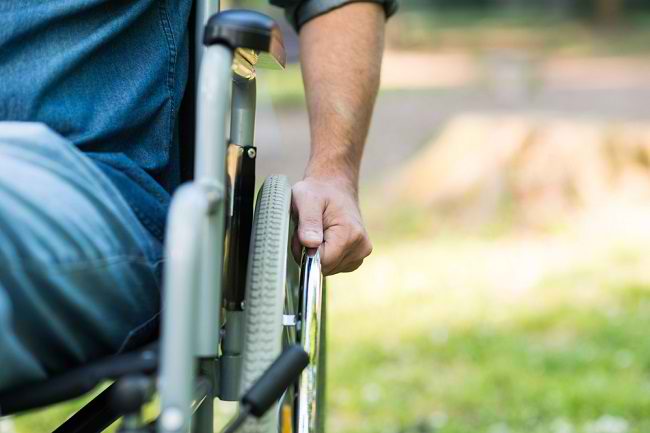In fact, hip fractures are quite rare. However, when this happens it can trigger ceinjuries and bleeding that require emergency treatment, due to the position of the pelvis near with major blood vessels.
The shape of the human pelvis resembles a ring at the base of the spine, which is between the back and the legs. This area becomes an important part because the main nerves, reproductive organs, bladder and intestines are located close together and are simultaneously protected by the pelvic bone. This bone is also the shaft of the muscles in the thighs, abdomen and hips.

Symptoms and Types of Hip Fractures
There are various causes of fractures, including a strong impact in a traffic accident or injury from a fall from a height, as well as a minor impact such as a fall at home, especially in patients with osteoporosis.
This condition is always characterized by pain. This pain is especially felt when performing certain movements, such as when trying to walk or moving the hip. Patients with hip fractures, generally have difficulty performing various movements, including walking. Fractures can also be characterized by bruising and swelling in the hip area.
In some cases, fractures cause bleeding from the anus, urinary tract, or vagina, a hematoma (bleeding under the skin's surface), nerve abnormalities, and blood vessels in one or both legs.
Based on the pattern and level of damage caused, hip fractures can generally be classified into:
- Stable hip fractureThere is only one crack or fracture in the pelvic ring resulting from a light impact.
- Unstable hip fractureThere are two or more cracks or fractures in the pelvic ring resulting in a displacement (dislocation). This condition is usually caused by a hard impact.
Both stable and unstable hip fractures can be either open or closed fractures. An open fracture, which is characterized by bone protrusion through the skin, is a serious condition because it can lead to infection.
Pelvic Fracture Treatment
Your doctor will check to see if you can move certain parts of your body, such as your hips, legs, and pelvis. X-rays and CT scans are commonly used to help doctors find and identify details of fractures and fractures. In some cases, doctors may also use an MRI.
Treatment for hip fractures can vary depending on the severity and type of injury. Patients with fractures due to hard impacts generally require treatment from several specialist doctors, because these injuries can affect other organs, such as the respiratory tract, head, chest or legs.
While hip fractures are the result of severe injuries, they will likely require surgery to reconstruct the pelvis and restore the patient's ability to perform daily activities.
Reducing the Risk of Hip Fractures
As we age, bones become weak and brittle, making them prone to fracture. To reduce the risk of hip fracture, it can be done in the following ways:
- Take vitamin D supplements to reduce the risk of fractures, especially for the elderly (elderly).
- Always wear a seat belt when driving.
- Make sure the arrangement of the furniture is safe to avoid falling
- An active approach to the elderly with movement disorders, which can be in the form of posture, balance, walking assistance, and fitness exercises.
Death from hip fracture is generally due to complications in other parts of the body, such as the brain. Blood clots, pulmonary embolism, and damage to nerves or blood vessels are other possible complications. There can also be internal bleeding that is not visible from the outside. Take care to maintain the health of the pelvis with the above preventive measures, and immediately consult a doctor if you experience a pelvic injury or symptoms of a hip fracture.









